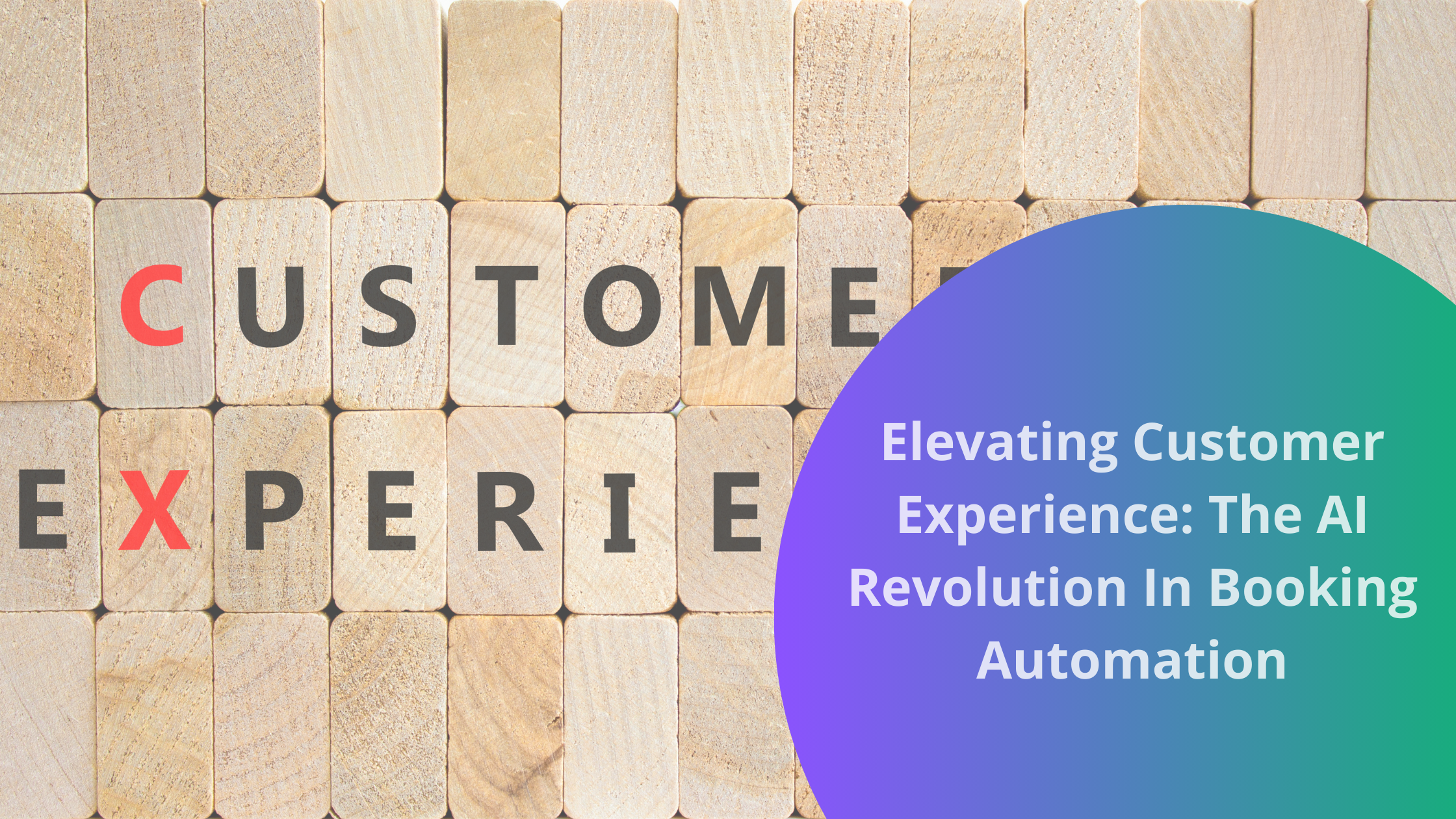If you want to find salespeople and equip them with the knowledge, skills, and resources you think they need to be successful in your sales business in the near future, it will be important to get involved in onboarding salespeople. In order to build a truly powerful and trustworthy sales team and achieve your business goals, this is a critical step.
With examples of the most important of the key components, we can provide you with the subject matter knowledge you need most.
The Sales Onboarding Process
The sales onboarding process of adapting salespeople usually includes three main steps: pre-training, initial training, and ongoing support and coaching.
Pre-employment activities are designed to prepare new employees for their first day on the job. This may include filling out paperwork, scheduling orientation sessions, and setting up accounts.
Initial training usually includes both classroom and on-the-job training. It may include learning about the organization’s products and services, sales processes, and customer service standards.
Ongoing support and mentoring are necessary to ensure that new employees continue to develop and improve over time. This can include regular reviews, mentoring and professional development opportunities.
Key Components of Effective Sales Onboarding
To be effective, sales training must include several key components.
Establishing clear expectations is essential so that new employees understand their role and how they will be evaluated. This can include providing detailed job descriptions, defining performance metrics, and clarifying expectations for the sales department and the organization.
Providing relevant and hands-on training is critical to equipping new employees with the knowledge and skills they need to be successful. This can include learning about the organization’s products and services, sales processes, and customer service standards.
Creating a supportive and inclusive environment is important to help new employees feel welcome and valued. This can include providing networking and relationship-building opportunities as well as fostering a culture of respect and inclusion.
Creating a mentoring program can be a valuable tool for providing new employees with guidance and support. This can include pairing new hires with experienced salespeople who can serve as role models and provide feedback and advice.
Measuring success and making adjustments is very important to ensure the effectiveness of the sales training program. This can include tracking the progress of new hires, collecting feedback, and making adjustments as needed.
Best Practices for Sales Onboarding
Creating a successful sales induction program requires careful planning and execution. Here are some best practices to keep in mind:
- Provide ongoing feedback and support: Review new hires regularly and provide feedback and support to help them continue to develop and improve.
- Create a structured program: Create a clear and structured onboarding program that includes pre-employment activities, initial training, and ongoing support and coaching.
- Include role-playing and other interactive activities: Use interactive activities, such as role-playing and case studies, to help new hires apply what they have learned to real-life situations.
- Use e-learning technology and tools: Use e-learning technology and tools to provide new employees with relevant and hands-on training.
Way To Effective Deals Onboarding
Way to effective deals onboarding, enforcing an effective deals onboarding program and driving value from the launch of the process requires careful planning, strategy, and prosecution.
Then there are 7 crucial way:
Have a plan and partake in it with the new rookies
One of the patient problems of deals onboarding is the shy attention given to planning in the deals onboarding process and a failure to communicate the same with the reps. further than half the deals reps in one study4 mention the lack of mileposts to gauge a rep’s progress as the leading problem of a poor deals onboarding program. One result of this is to co-create plans with the reps 30, 60, and 90-day plans that will keep the new hires on track and ensure that they are n’t overwhelmed by all the information being delivered to them. When deals onboarding programs aren’t duly homogenized, associations struggle to help druggies easily transition through the early, middle, and late stages of deals onboarding. It’s only with a clear roadmap and strategy, grounded on stoner geste and requirements, that useful mileposts can be evolved, against which prospects can be managed.
Figure – in inflexibility into the program
The most effective deals onboarding programs are formalized to give a high degree of repetition that can drive effective earnings in the process. Still, there should be room for fine-tuning and optimizing the process, grounded on data gathered about stoner experience and satisfaction. Eventually, indeed as procedures are formalized, it’s essential that they contain erected-in inflexibility to allow for personalization, depending on the literacy characteristics and the pain points of different drugs.
Use ultramodern interactive content formats to deliver content
Given that in-person deals onboarding may be veritably limited in compass in the present situation, it’s important to produce content in formats that give an immersive literacy experience indeed when delivered. 3D visualization, product walkthroughs, and the expansive use of videotape can help engage actors and further the cause of literacy. figure modularity into the content. Deals onboarding is a progressive and iterative process, not a one-time information dump. Hence, it’s essential to prioritize information delivery in stages and break down content into bite-sized, fluently consumable pieces.
Enable existential literacy
Ultramodern deals processes are lower about epigenetic pitches and further about conveying client-specific value propositions. This means traditional literacy styles concentrated on content consumption and memorization are ineffective since they don’t make the creative and adaptive chops of deals reps. Rather, the need of the hour is for onboarding processes that are concentrated on mastery and skill integration. Similar skill integration can be achieved through existential literacy, or literacy by doing, which is proven to increase retention rates to as important as 75 compared to the 5 to 30 of traditional literacy styles similar to lectures, reading, audio-visual accouterments , and demonstrations. 5 existential onboarding encourages skill development because it’s erected around real-life scripts and is also more visceral and memorable. Because existential onboarding exercises are designed to give precisely calibrated issues, they also give reps direct liaison between particular actions or conduct and results. In the process, they form a clear ground between proposition and practice. Therefore, reps are suitable to take assignments learned from similar exercises and apply them directly to analogous situations they face in factual deals exchanges.
Gamification and incentivize the process
Gamification is an important tool to motivate and engage reps during the deals onboarding process. Generally, gamification involves setting practicable pretensions for the actors, establishing leaderboards that list out the top players, and offering prices and impulses to those who outperform. Gamification makes training fun and accelerates the pace of literacy.
Evolving and measuring applicable criteria
Evolving and shadowing applicable criteria is necessary to know which corridors of the deals onboarding process are working and which corridors are n’t. These criteria should be aimed at measuring the progress of the actors through the different stages and touchpoints of the deals onboarding process and not simply the final outgrowth.
Giving clear feedback channels
Visibility into the deals onboarding process is crucial to delivering lesser effectiveness. However, one-way communication during this process would effectively undermine the value gains it provides, If onboarding is to be a stoner-centric process. Only when proper channels are handed in for feedback and commerce can the process be optimized to reach advanced situations of effectiveness. Feedback is also essential to ensure lesser personalization of the process so that specific pain points of actors can be targeted and addressed.
Conclusion
To sum up, effective sales onboarding is an essential key point to building a strong sales team and achieving business goals. By setting sky clear expectations, providing relevant and actionable training, creating a supportive and inclusive environment, developing a mentoring program, and measuring success, organizations can accelerate productivity and effectiveness. Remember to create a structured program, use e-learning technology and tools, incorporate role-playing and other interactive activities, and provide ongoing feedback and support.




